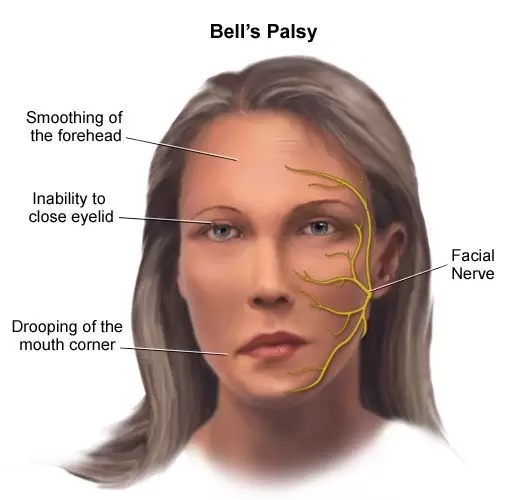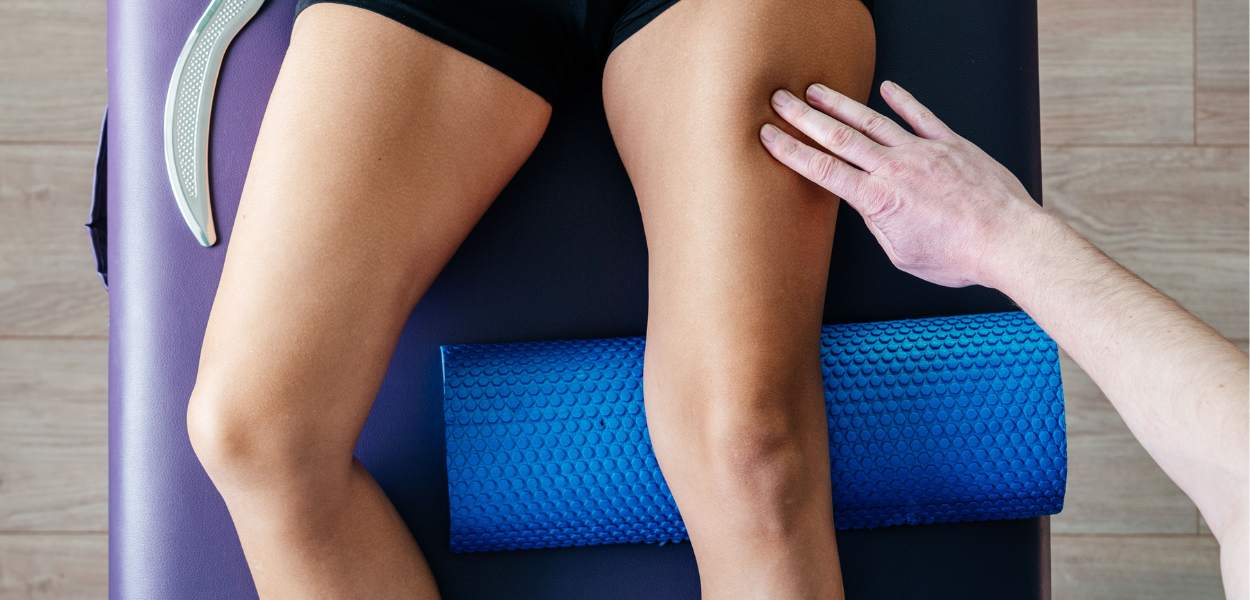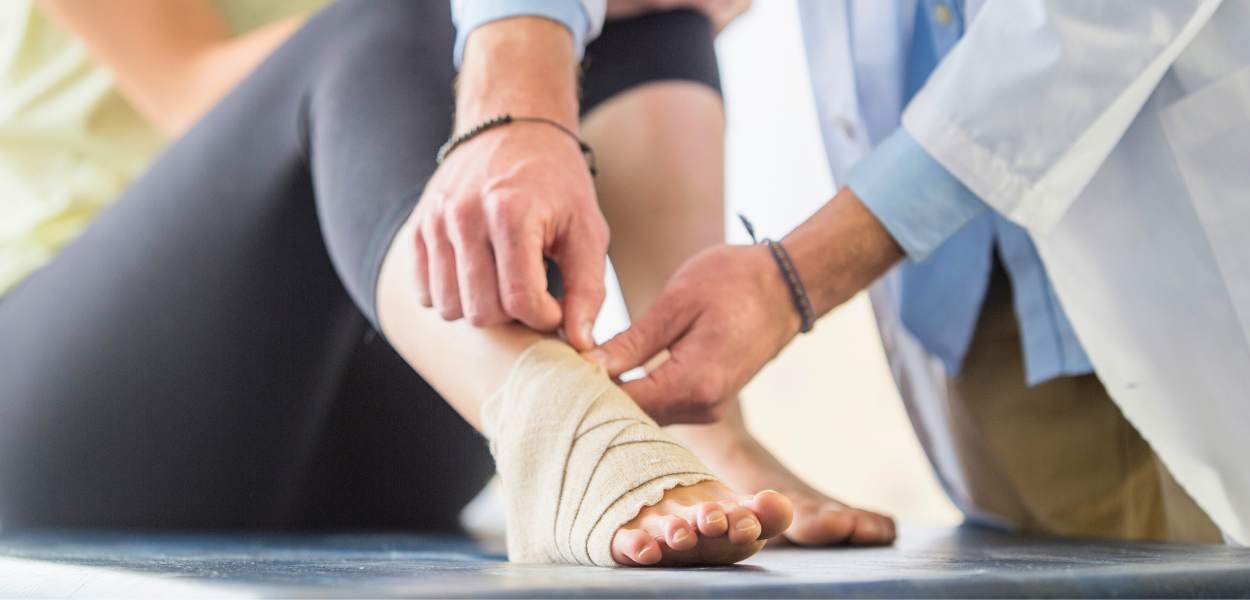Yes, runners DO need to focus on technique
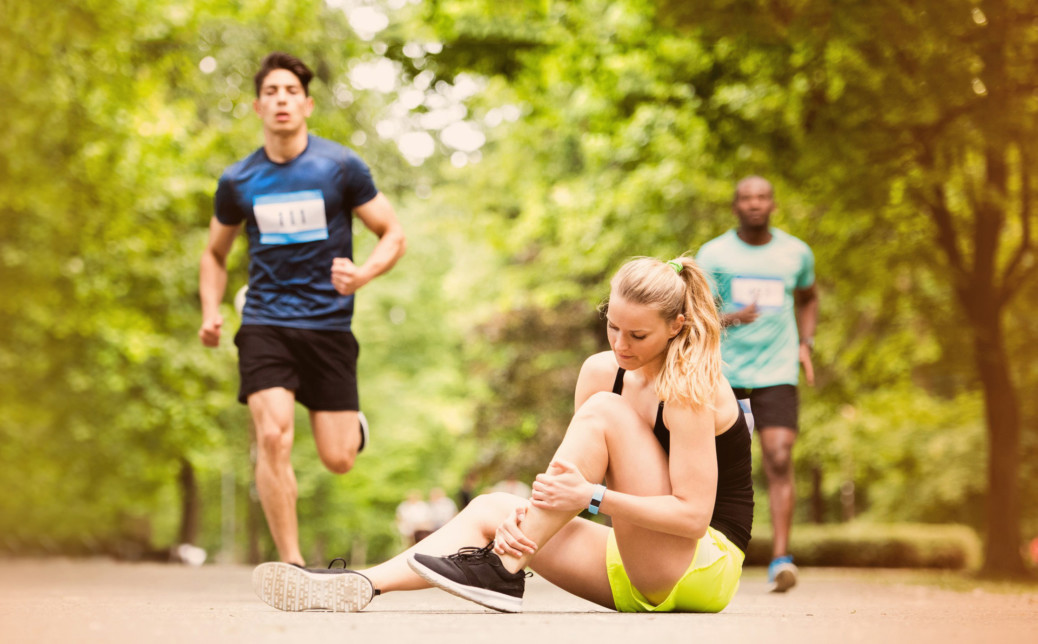
Everyone knows that it takes time and effort to learn a new skill. We also know that getting good at that new skill will take even more time and lots of practice.
Take swimming for example. We start by learning the basics: water confidence, breathing control, floating, kicking, strokes… Once we have all the components we start putting them together and then it takes hours of practice and refinement to become a strong swimmer. Further down the track, you might even need to break things back down again to practise the components you’re weakest at. Technique and form is everything in swimming and everybody knows this.
So why is running viewed so differently?
As a physio when I start talking technique with runners, I get eye rolls and “I don’t want to have to think… I just want to run…”. Why do we accept that any other sport takes technique and practise but when it comes to running we can just go for it?
Especially since there is a whole lot more force on the body and far more potential for gradual process injuries in runners. We don’t often heard of a swimmer with a stress fracture, right? Not to mention that the whole reason people come to see a physio is because of injuries!
If this sounds like you read on for a few of my running theories, techniques, common mistakes and tips for simple things you can do to get better, and faster!
Ways to improve your running technique and speed
1. Sagittal Plane is King
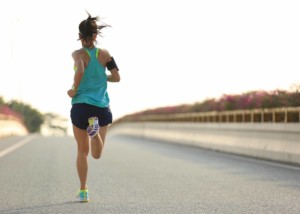
Our body moves in three dimensions. In the medical professions, we use these three ‘movement planes’ to describe how the body functions.
- Sagittal Plane – forward/backwards movement
- Frontal Plane – side to side movement
- Transverse Plane – rotation or twisting movements
All the joints in our body are capable of movement in one or more of these planes. For example, the elbow joint is a hinge and only moves forward and backwards in the sagittal plane. The shoulder, on the other hand, is a ball and socket joint and moves in all three planes.
Running is ALL about the sagittal plane. We want to go forwards only. The big toe, ankle, knee, hip, torso, arms and shoulders should all be going forwards and backwards repetitively. Any sideways or twisting motion is just going slow us down – and cause injuries. If any of the joints mentioned above are too tight or too weak to move forwards and backwards the necessary amount for running then you will ‘spill’ into one of the other movement planes. Which as mentioned is either energy wasted not going forwards, or potential for injury.
The vast majority of running injuries come back to not being able to move in the sagittal plane because of tightness, or not being able to hold in the sagittal plane because of weakness. The most common example of this happening to runners is sideways or rotation movement at the hip, which causes the knee to cave inwards. This is the main cause of the dreaded ‘runners knee’ (patellofemoral syndrome) and needs specific strengthening and technique changes to resolve.
We can test, measure and observe all of these to see why your ‘spill’ is occurring and how to fix it.
2. Heel, Mid or Toe
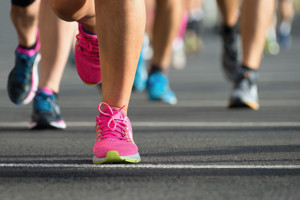
Foot placement is another big consideration when it comes to running technique and injury prevention. How and where to land on your foot is something that has been quite controversial in recent years. One study showed that landing on your toes significantly reduced the incidence of runners knee… so everyone started running on their toes and wearing those ridiculous barefoot running shoes. BUT this significantly INCREASED the incidence of achilles tendon injuries and stress fractures. So it wasn’t so great after all.
What we know now is that it doesn’t really matter how you land on your foot, but where your foot lands compared to your body.
If you take a huge great long stride, when your foot lands (with 2.5 x your body weight in ground reaction force) your body is still way back behind you. Meaning your base of support (the front foot that you just landed on) is too far in front of your centre of gravity (the bulk of your body weight). Just imagine doing a deadlift with the bar way out in front of you instead of nicely under your shoulders and over your toes. Ouch.
You need to get your foot underneath your body when you land. Doing this not only lessens the force on your joints but it also makes it much easier to stay in the sagittal plane. Just try doing a single leg squat with your leg half a meter in front of your body. Good luck not rotating at the hip and knee!
3. Cadence, Cadence, Cadence
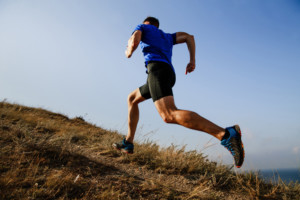
Ok so we have to flex our big toe to 90 degrees, dorsiflex our ankle minimum of 8cm, maintain knee, hip and pelvic neutrality by using our vastus medialis and gluteus medius, keep our torso in a gentle forward lean… did you stop reading? Too complicated right?!?!? Yes, we need to focus on technique and form but even I don’t want to think that much while running!
So provided all our joints are now flexible and strong enough to stay in the sagittal plane and we are landing with our foot nicely inside our centre of gravity, how do we make sure all the rest falls into place with minimal effort?
Cadence that’s how.
Cadence is measured by the number of times your foot hits the ground in one minute. You can easily measure this with a handy little app called MetroTimer (free in the app store). A cadence less than 160 means you are likely spilling out of the sagittal plane, very likely overstriding and VERY likely to get injured. So get those numbers up! 180 is absolutely ideal and hitting this makes everything we’ve talked about above fall into place beautifully, provided you have that strength and range of motion of course.
But 180 is a huge jump if you’re currently at 150ish. You will probably get very puffed! Try increasing it by 7 and building up from there, or if you’re feeling keen go straight for 180 and just run for a much shorter time until your lungs give up. It all depends on your goals.
Sagittal plane, foot placement and cadence are just some of the ways to improve your running technique and speed. We have only covered the very basics here, but if you or someone you know is suffering from running related pain or injury please do get in touch to book an appointment. Running is something that I am personally passionate about so I would love to help you get better at it.
Book a session with our friendly physiotherapists for an in depth assessment.


